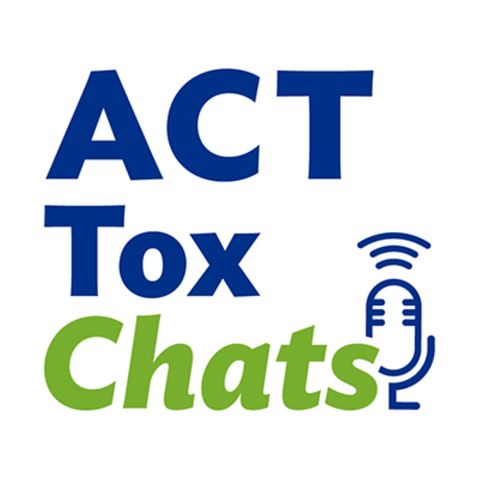Covid-19 Part 2: New Type of Antibody-Dependent Enhancement Associated with SARS-CoV-2 Virus: MIS-C, MIS-A, and MIS-N

Sign up for free
Listen to this episode and many more. Enjoy the best podcasts on Spreaker!
Download and listen anywhere
Download your favorite episodes and enjoy them, wherever you are! Sign up or log in now to access offline listening.
Description
The severe acute respiratory syndrome coronavirus 2 (SARS-CoV-2) causes Coronavirus Disease 2019 (COVID-19), Multisystem Inflammatory Syndrome in Children (MIS-C), Adults (MIS-A), Neonates (MIS-N), and some Vaccinees (MIS-V). These are all...
show moreInformation
| Author | ACT ToxChats |
| Organization | ACT ToxChats |
| Website | - |
| Tags |
Copyright 2024 - Spreaker Inc. an iHeartMedia Company
